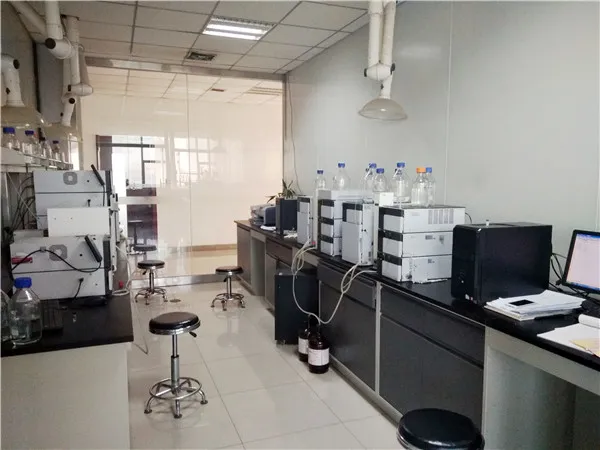Cationic Polyacrylamide Emulsion An Overview of Its Properties and Applications
Cationic polyacrylamide emulsion (CPAM) has emerged as a versatile compound in various industrial applications, owing to its unique properties and capabilities. As a water-soluble polymer derived from acrylamide, CPAM is characterized by its cationic nature, which gives it a positive charge. This positive charge significantly influences its behavior and interactions in aqueous environments, making it a valuable component in fields ranging from wastewater treatment to paper manufacturing.
Properties of Cationic Polyacrylamide Emulsion
One of the key features of cationic polyacrylamide emulsion is its ability to form flocs or clumps when introduced into negatively charged environments, which is typically the case in many aquatic systems, including wastewater. Its effectiveness as a flocculant arises from its high molecular weight, which enhances its bridging capabilities among colloidal particles. When added to wastewater, CPAM binds with suspended particles and creates larger aggregates that can be more easily removed from the water through sedimentation or filtration.
Moreover, CPAM is hydrophilic, meaning it readily dissolves in water, leading to the formation of a stable emulsion. The emulsion form of CPAM provides ease of handling and application, as it can be dispersed uniformly in aqueous solutions without the need for extensive preparation. This property is especially crucial in industrial processes, where consistency and efficiency are pivotal.
Applications of Cationic Polyacrylamide Emulsion
The applications of cationic polyacrylamide emulsion are vast and varied, reflecting its importance across multiple sectors
.1. Wastewater Treatment One of the most prominent applications of CPAM is in the treatment of industrial and municipal wastewater. Its flocculating properties enable the removal of suspended solids, thereby improving water clarity and quality. Municipalities often employ CPAM in primary and secondary treatment processes to ensure compliance with environmental regulations and to facilitate the recycling of water.
cationic polyacrylamide emulsion

2. Paper and Pulp Industry In the paper manufacturing sector, CPAM plays a critical role as a retention aid. By enhancing the retention of fine particles and fillers, CPAM contributes to improved quality and strength of the paper produced. Additionally, its ability to reduce the amount of additives needed leads to cost savings and reduced environmental impact.
3. Mining and Mineral Processing The mining industry also benefits from the use of cationic polyacrylamide emulsion. It is utilized for ore extraction processes and water clarification. By promoting the agglomeration of fine particles, CPAM aids in the efficiency of mineral recovery processes.
4. Agriculture In agricultural applications, CPAM serves as a soil conditioner and helps control erosion. Its water-retention properties can improve soil structure and fertility, contributing to enhanced crop yields.
5. Oil and Gas Industry In the oil and gas sector, cationic polyacrylamide emulsions are used in drilling fluids and enhanced oil recovery operations. They improve the stability and performance of drilling muds, ensuring efficient extraction processes.
Environmental Considerations
While cationic polyacrylamide emulsion has numerous benefits, it is essential to consider its environmental implications. The toxicity of acrylamide monomers is a concern, and efforts must be made to minimize exposure during production and application. Manufacturers are continuously working on developing safer formulations and optimizing usage conditions to mitigate potential risks.
Conclusion
Cationic polyacrylamide emulsion represents a significant advancement in polymer technology, offering efficacy and versatility across various industries. Its unique properties facilitate critical processes in wastewater treatment, paper manufacturing, agriculture, and more. As industries strive for sustainable and efficient practices, the development and use of CPAM will likely continue to grow, providing innovative solutions in the face of environmental challenges. As we move forward, it is vital to balance the application of such polymers with environmental stewardship to ensure a greener future.

